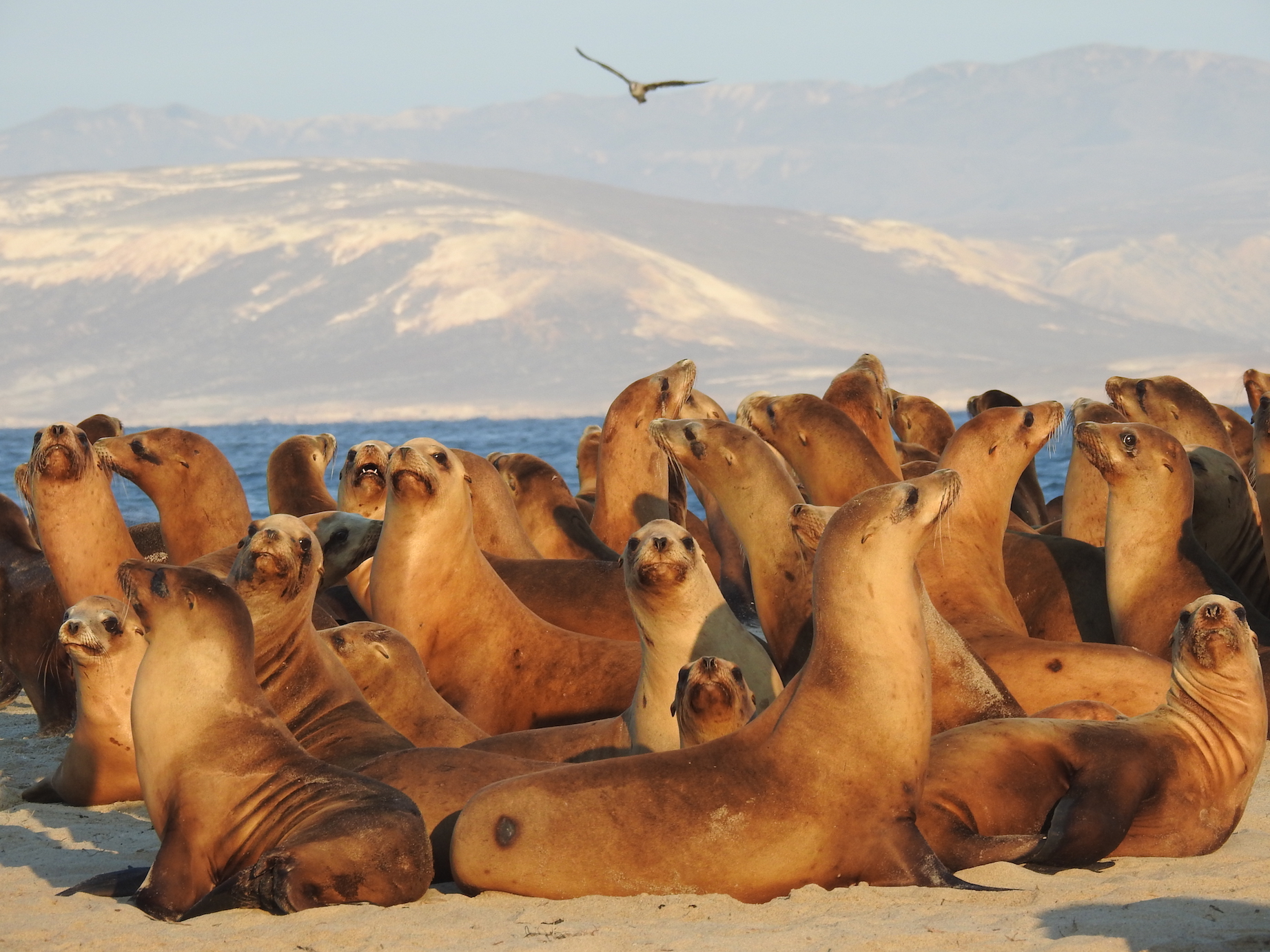
California sea lion populations make a massive comeback
The first long-term reconstruction of the sea lion population in California has shown that the animals fully rebounded after the enactment of the Marine Mammal Protection Act (MMPA) in 1972. The researchers pointed out that this recovery is a significant success for the MMPA.
The legislation had initiated population goals for marine mammals to promote the health and stability of their ecosystems. According to the study, sea lions in California have now reached an optimal level, which is referred to as the Optimum Sustainable Population (OSP).
“The population has basically come into balance with its environment,” said study co-author Sharon Melin. “The marine environment is always changing, and their population is at a point where it responds very quickly to changes in the environment.”
The research team used aerial surveys, survival rates, and other data to analyze the growth of the sea lion population from 1975 to 2014. They found that the population jumped from less than 90,000 animals in 1975 to around 281,450 individuals in 2008. This population level reached a high of 306,220 in 2012, before the ocean conditions began drastically changing.
The researchers noted that sea lion numbers are strongly impacted by environmental changes, and found that sea lions are particularly sensitive to changes in ocean temperatures that affect their prey. Climate models predict that an increase in sea surface temperatures by one degree Celsius would bring the population growth of sea lions to a halt, while an increase of two degrees would lead to a significant decline in sea lion numbers.
“When the California Current is not productive, they respond pretty fast and dramatically,” said Melin. “They’re out there in the ocean sampling it all the time. That makes them a very powerful indicator of what’s happening in the marine environment.”
Since 2012, there has been a decline in pup production and survival, including an elevated number of deaths in 2013 which was deemed to be an Unusual Mortality Event by NOAA Fisheries. In 2014, the sea lion population had dropped to around 250,000.
“This is not just a story about continued growth of the population,” said study co-author Robert DeLong. “These last several years have brought new environmental stresses to the California Current, and we’ve seen that reflected by the sea lions.”
The study, which was conducted by NOAA Fisheries’ Alaska Fisheries Science Center and Southwest Fisheries Science Center, is published in the Journal of Wildlife Management.
—
By Chrissy Sexton, Earth.com Staff Writer
Image Credit: Jeff Harris/Alaska Fisheries Science Center/NOAA Fisheries












